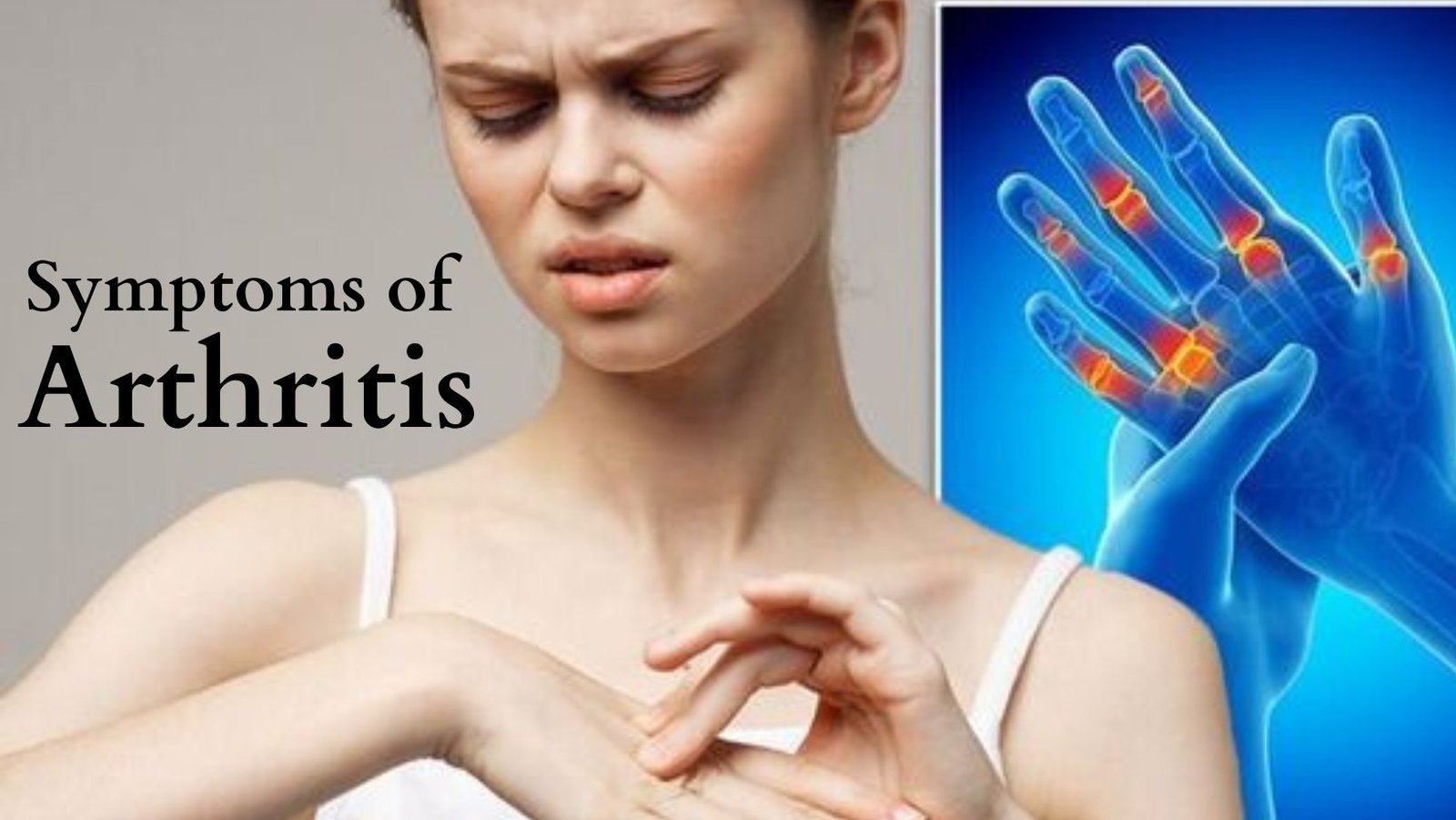New Delhi, 12 October, 2025: Every year, World Arthritis Day is observed on October 12 to raise awareness about one of the most common yet misunderstood health conditions — osteoarthritis, rheumatoid arthritis, and other forms of arthritis. Although arthritis affects millions of people globally, many myths and misconceptions continue to surround it, often delaying diagnosis and proper care.
Doctors and health experts warn that misinformation about arthritis can lead to underestimating its seriousness. Contrary to popular belief, arthritis is not just an “old person’s disease”, nor is it an inevitable part of aging. It can affect anyone — young or old, active or sedentary.
In 2025, with the increasing burden of arthritis among younger populations, medical experts are urging people to separate facts from fiction and take joint health more seriously.
What Is Arthritis?
Arthritis is an umbrella term that refers to inflammation and pain in the joints. The most common forms are:
- osteoarthritis (OA): A degenerative disease where the cartilage between joints wears down over time.
- rheumatoid arthritis (RA): An autoimmune condition in which the immune system attacks the joints.
- psoriatic arthritis, gout, and juvenile arthritis also affect specific groups and age ranges.
The condition can cause pain, stiffness, swelling, and loss of mobility — significantly impacting quality of life. But despite how common it is, many misconceptions prevent people from understanding arthritis properly and seeking timely care.
Myth 1: “Arthritis only happens to old people.”
Fact: One of the most widespread myths about arthritis is that it only affects older adults. While age can be a risk factor, arthritis can appear in young adults and even teenagers.
- Autoimmune forms like RA can strike in the 20s or 30s.
- Sports injuries, obesity, and genetic predispositions contribute to early onset of arthritis.
- Juvenile arthritis can affect children as young as six months.
“Many patients come to us surprised because they never expected arthritis at their age,” say experts. “Early-onset arthritis is increasingly common, and lifestyle is a major factor.”
Myth 2: “Arthritis pain is just normal wear and tear.”
Fact: Not all joint pain is “normal.” While aging can contribute to stiffness, arthritis involves inflammation and structural joint damage. Ignoring pain as “part of getting older” can delay diagnosis and lead to irreversible joint degeneration.
Doctors emphasize that persistent pain, especially morning stiffness lasting more than 30 minutes, should never be ignored.
Myth 3: “Exercise makes arthritis worse.”
Fact: This is one of the most dangerous misconceptions. People often believe rest is best for painful joints, but the opposite is true.
Low-impact physical activity like walking, swimming, and yoga helps strengthen the muscles around the joints, improve flexibility, and reduce stiffness. Regular exercise also supports weight management, which is crucial since extra weight puts additional pressure on joints.
The key is choosing the right kind of exercise and avoiding high-impact activities that can worsen joint damage. Physical therapy and guided exercise programs are often recommended for arthritis patients.
Myth 4: “If you don’t have swelling, it’s not arthritis.”
Fact: Arthritis can present in different ways. Some forms, like early osteoarthritis, may not cause visible swelling but still damage the cartilage. In other cases, pain and stiffness might be the only early signs.
“Many people dismiss mild stiffness or dull pain because they don’t see swelling,” explain rheumatologists. “But these are often the earliest red flags.”
Myth 5: “There’s nothing you can do to prevent arthritis.”
Fact: While some risk factors like genetics can’t be controlled, there are many ways to lower your risk or slow the progression of arthritis.
- Maintaining a healthy weight
- Staying active
- Eating an anti-inflammatory diet
- Avoiding smoking and excessive alcohol
- Managing injuries promptly
Early diagnosis can help preserve joint function and improve long-term outcomes.
Myth 6: “Once you have arthritis, you can’t live a normal life.”
Fact: With the right treatment plan and lifestyle changes, many people with arthritis live full, active lives. Modern treatment options — from medications to physical therapy and, in some cases, surgery — allow patients to manage pain effectively and stay mobile.
Support from family, lifestyle adjustments, and regular follow-ups with healthcare providers make a significant difference in quality of life.
Myth 7: “Cracking knuckles causes arthritis.”
Fact: This is a common myth with no scientific evidence to support it. Cracking your knuckles might annoy those around you, but it doesn’t cause arthritis.
Arthritis develops due to cartilage damage, inflammation, or autoimmune reactions — not from popping joints.
Myth 8: “Only medications can help with arthritis.”
Fact: While medications play a crucial role in managing pain and inflammation, a holistic approach works best. This includes:
- Regular physical activity
- Physiotherapy
- Dietary changes
- Adequate rest and stress management
- Targeted treatment for the specific type of arthritis
Some people may also benefit from joint-supporting supplements — but these should only be used under medical supervision.
The Role of Lifestyle in Joint Health
Experts agree that lifestyle plays a major role in both preventing and managing arthritis. Small but consistent changes can make a big impact:
- Maintain a healthy weight: Every extra kilogram puts more stress on weight-bearing joints like knees and hips.
- Eat anti-inflammatory foods: Omega-3 fatty acids, green leafy vegetables, turmeric, nuts, and berries can help reduce inflammation.
- Stay active: Movement keeps joints flexible and muscles strong.
- Protect your joints: Avoid repetitive strain and address injuries early.
- Manage stress: Stress can worsen autoimmune flare-ups and pain perception.
When to Seek Medical Help
Arthritis can be managed effectively when detected early. You should see a doctor if you experience:
- Persistent joint pain or stiffness lasting more than two weeks
- Swelling or warmth in a joint
- Reduced range of motion
- Difficulty performing daily activities
Doctors may use blood tests, X-rays, or MRIs to diagnose the type and severity of arthritis and suggest a suitable treatment plan.
Modern Treatment Options
Thanks to medical advancements, arthritis management has improved significantly:
- Medications such as NSAIDs, corticosteroids, and disease-modifying drugs help control pain and inflammation.
- Physical therapy improves joint strength and flexibility.
- Injections like hyaluronic acid or platelet-rich plasma can provide relief in some cases.
- Surgery, including joint replacement, is an option for severe arthritis.
With the right combination of medical treatment and lifestyle changes, many patients regain mobility and live active lives.
The Emotional Impact of Arthritis
Beyond the physical symptoms, arthritis can also affect mental health. Chronic pain and mobility challenges can lead to frustration, anxiety, or even depression.
Experts recommend:
- Seeking support from family, friends, or support groups
- Practicing mindfulness or relaxation techniques
- Speaking with a therapist if needed
Addressing the emotional side of arthritis is just as important as managing physical symptoms.
On World Arthritis Day 2025, experts are calling for a stronger push to debunk myths and spread accurate information about arthritis. It’s not an inevitable part of aging, it’s not untreatable, and it doesn’t have to stop anyone from living a full life.
By understanding the facts, seeking early medical help, and making lifestyle changes, people can take control of their joint health and reduce the burden of this widespread condition.






